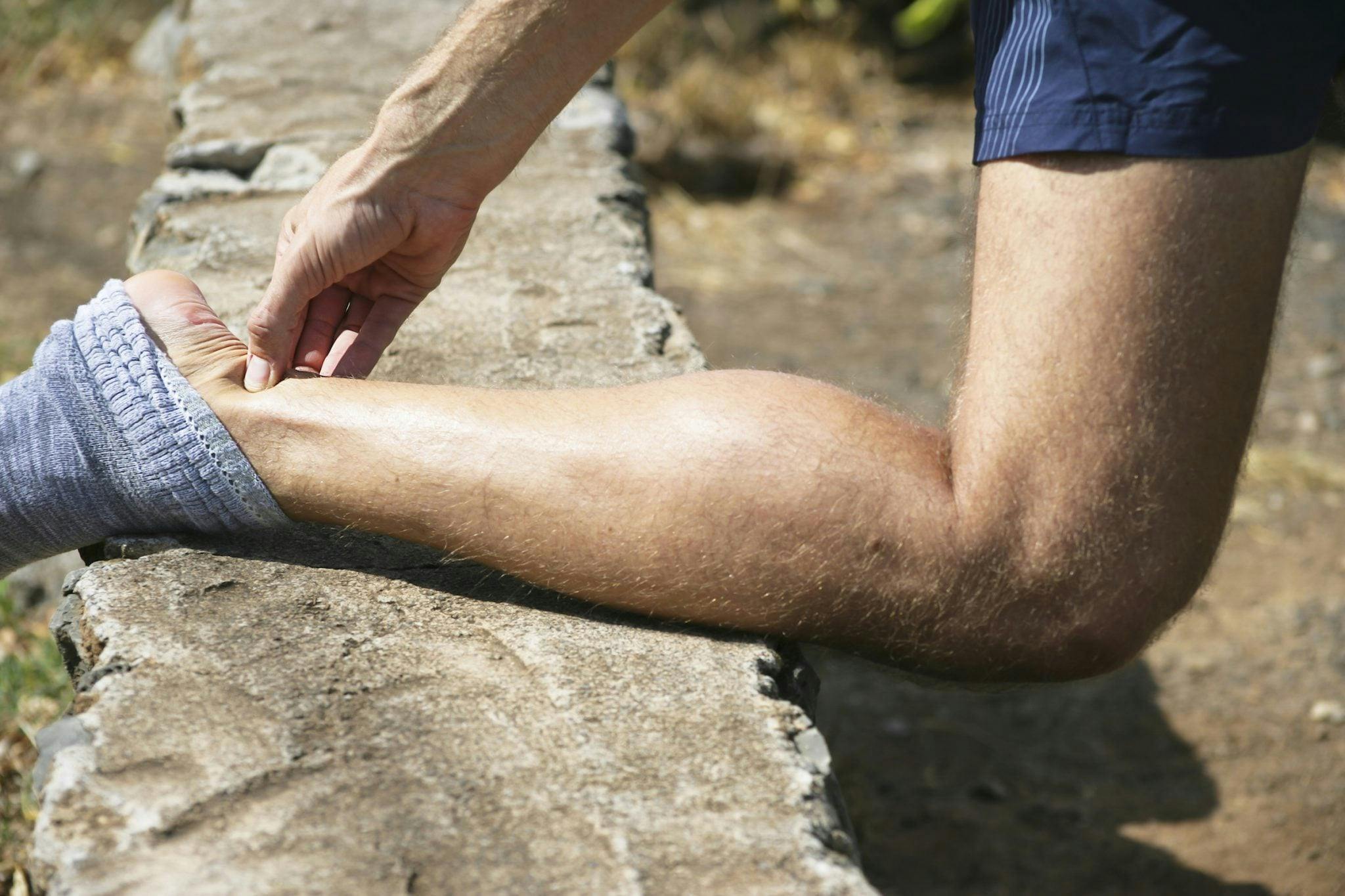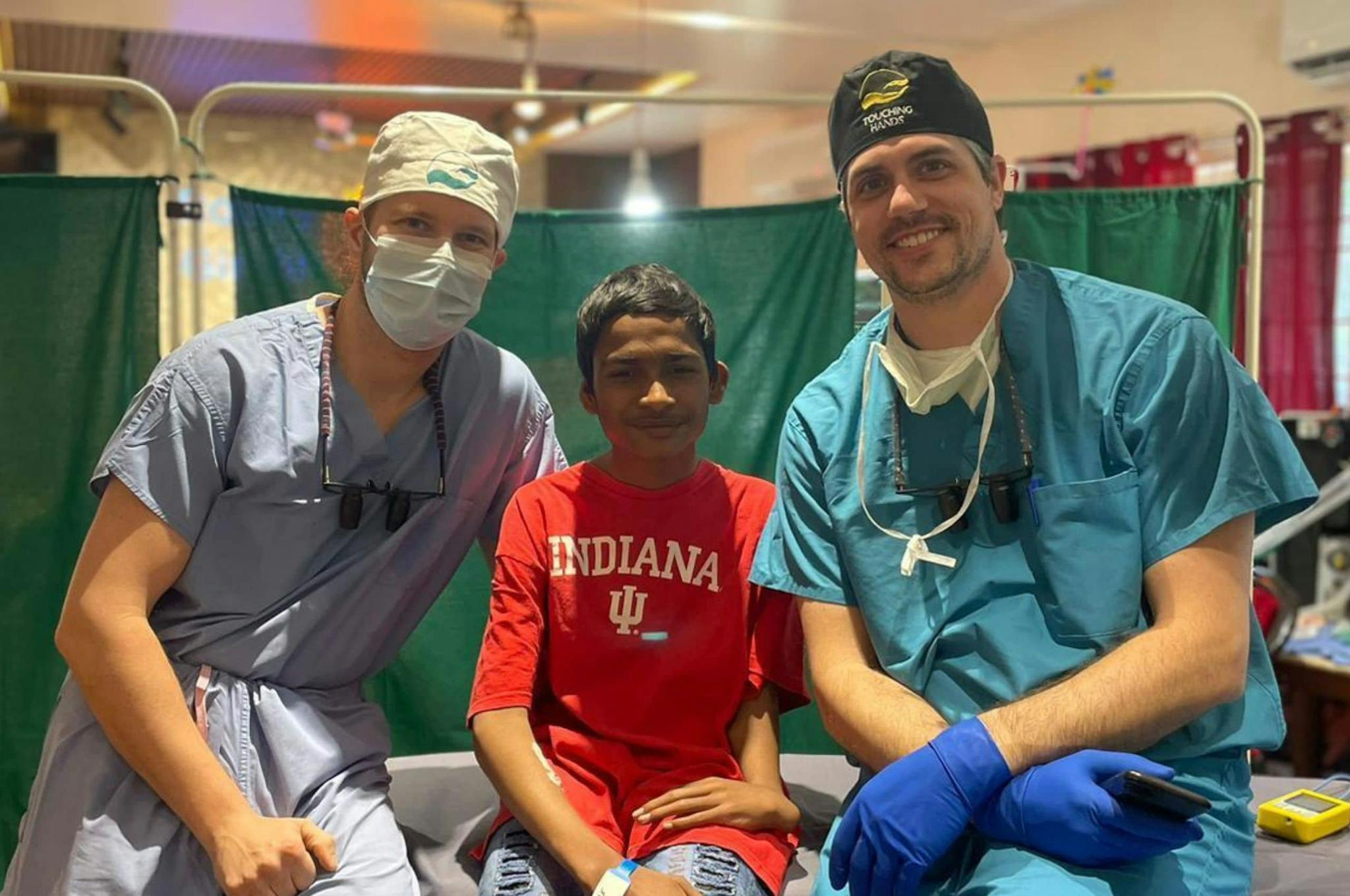
2024-06-21T14:29:51
Coral Desert Orthopedics Voted Best Orthopedic Surgeon in Southern Utah
- Orthopedics
April 6, 2017 | Orthopedics
Specialties:Orthopedics

Sports and related activities can cause a number of injuries, including an Achilles tendon rupture. The Achilles tendon is a strong cord in the leg that connects the calf muscles to the heel bone, and if it becomes overstretched, it can tear partially or completely (a full tear is called a rupture).
Pain from an Achilles tendon rupture can be extreme, and a rupture will often require surgery—though newer research may indicate that non-surgical procedures are just as successful for many people.
If you partially or fully tear your Achilles tendon, you may feel a distinct popping or snapping in the back of your leg, followed by immediate pain. You may also have trouble walking. In some cases, it’s possible to not experience any symptoms, but in others, symptoms include:
Achilles tendon injuries are serious, and if you experience any of these symptoms, see your doctor right away.
The Achilles tendon is a strong tendon, and ruptures usually occur in the area where it attaches to the heel itself. These ruptures are often caused by a sudden increase in pressure—during sports (especially those that involve jumping) or a fall from a higher distance. Stepping downward onto a lower surface can also stretch the tendon.
A few factors that can increase your risk of Achilles tendon rupture include:
Treatment for a ruptured Achilles tendon depends on a few factors, including age and severity of the injury. There are both surgical and non-surgical options. Let’s look at both.
Both forms of treatment will be followed by rehabilitation. You’ll be given exercises and stretches, and if everything goes well, you can return to activity within four to six months.
Much of the prevention for Achilles ruptures involves limiting sudden, intense strains on the tendon, causing it to stretch beyond its limit. Some tips include:
If you experience pain in the back of your lower leg and you’re worried it might be an Achilles rupture, speak to your doctor right away.
Orthopedics is rewarding for me because it allows me to help patients with injuries and get them back into action quickly. I love meeting people of all ages in my practice—I see kids, athletes, adults and retirees. I enjoy being able to understand people’s unique situations and trying to help them recover. I tend to be conservative with my surgical treatment, and much of my training is in minimally-invasive procedures, such as arthroscopy.
“Achilles tendon rupture.” The Mayo Clinic. http://www.mayoclinic.org/diseases-conditions/achilles-tendon-rupture/basics/definition/con-20020370
“What Is an Achilles Tendon Injury?” WebMD. http://www.webmd.com/fitness-exercise/guide/achilles-tendon-injury#1
WRITTEN BY:
Michael Carlson, MD


2024-06-21T14:29:51

2024-02-06T11:40:13

2023-03-30T11:23:12

2021-06-30T10:17:21
This information is not intended to replace the advice of a medical professional. You should always consult your doctor before making decisions about your health.